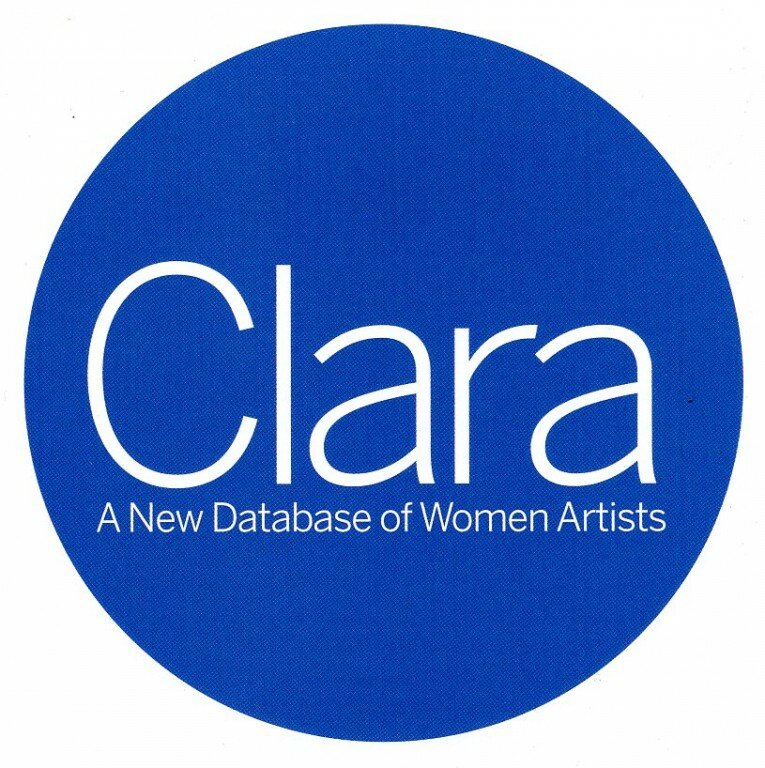Finding Clara: A New Database of Women Artists
Posted by: National Museum of Women in the Arts
The following article appeared in the Anniversary 2007 issue of Women in the Arts
In the 1960s, Wallace and Wilhelmina Cole Holladay came across two still-life paintings by Renaissance artist Clara Peeters. Enchanted and intrigued, they searched for information on the artist in all the standard English-language reference texts, but they found nothing. This spring, as part of National Museum of Women in the Art’s twentieth anniversary, the museum will launch the world’s largest authoritative database archive of women artists under the title Clara: Database of Women Artists. Named in honor of Clara Peeters, the database features 18,000 profiles on women artists of all time periods and nationalities. It can be accessed with the click of a mouse through the museum’s website: www.nmwa.org. The site combines simple design and user-friendly search features to make it easily accessible to everyone from students and scholars to art lovers and internet browsers. A quick search for artists active before or during Peeter’s lifetime, for example, produces almost three hundred profiles, some complete with a portrait of the artist, a name pronunciation audio file, a biography, and a bibliography.
Although the creation of a reference system like Clara has long been an aspiration of the museum’s, it was a prestigious grant from the 2004 Museums for America program of the Institute of Museum and Library Services (IMLS) that allowed NMWA finally to undertake this large-scale project. Its goal: to make information in the NMWA Library and Research Center (LRC) Archives on Women Artists accessible to the general public. Since the library’s opening in 1987, the museum has been building its collection of resources about women artists, adding exhibition announcements and catalogues, newspaper and magazine articles, and image reproductions to its vertical files. Contemporary artists have been encouraged to establish and regularly update their records, often adding primary source material to the archives.
Until now, these files were accessible only to researchers able to visit the museum. ‘The Clara project opens this great and unique resource to the public,’ says Bethany Wolf, Clara project manager. ‘Developing a public database provides us with the opportunity to create an extensive resource about women artists in the place people are most likely to look: the website of the National Museum of Women in the Arts.’
‘Nothing will bring increase visibility to women artists like Clara. Our mission of spotlighting women artists will be worldwide,’ claims Director Judy Larson.
Because accuracy is the primary concern, the Clara staff, lead by Wolf and Séverine Munari, worked closely with the museum’s curators to review the information in the archives, and they contacted living artists directly to verify biographic information. ‘We emphasized behind-the-scenes research so we could pride ourselves on accuracy,’ says Sharon Wasserman, director of NMWA’s Library and Research Center. ‘We want Clara to be the authority on women artists.’
Although quality was stressed, quantity was never overlooked. The women featured in Clara, aside from creating magnificent paintings, sketches, installations, books, performances, silverworks, and collages, have paved the way for future generations of women artists. Clara profiles range from artists active during the eleventh century to today’s up-and-coming talents. When Clara launches, three hundred major women artists selected by NMWA curators will have extended profiles. More profiles will be added and completed, and the individual profiles will eventually include examples of the artist’s work and short audio and video clips. Future phases are planned to include interactive features for young students, digitized images and curricula for educators, and scans of primary sources and NMWA’s special collections for researchers. Artists who fulfill certain criteria will also be able to fill out an electronic application available on the website to join the database. While Clara may at first be most useful for students and casual users, NMWA hopes that as Clara grows, so will its range of visitors.
Vivian Djen is assistant editor of Women in the Arts.
Djen, Vivian, ‘Finding Clara: A New Database of Women Artists,’ Women in the Arts (Anniversary 2007): 42.
Image:
1. Djen, ‘Finding Clara,’ 42.

